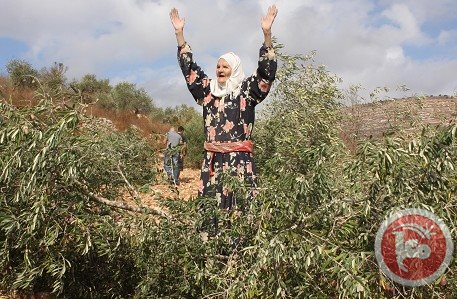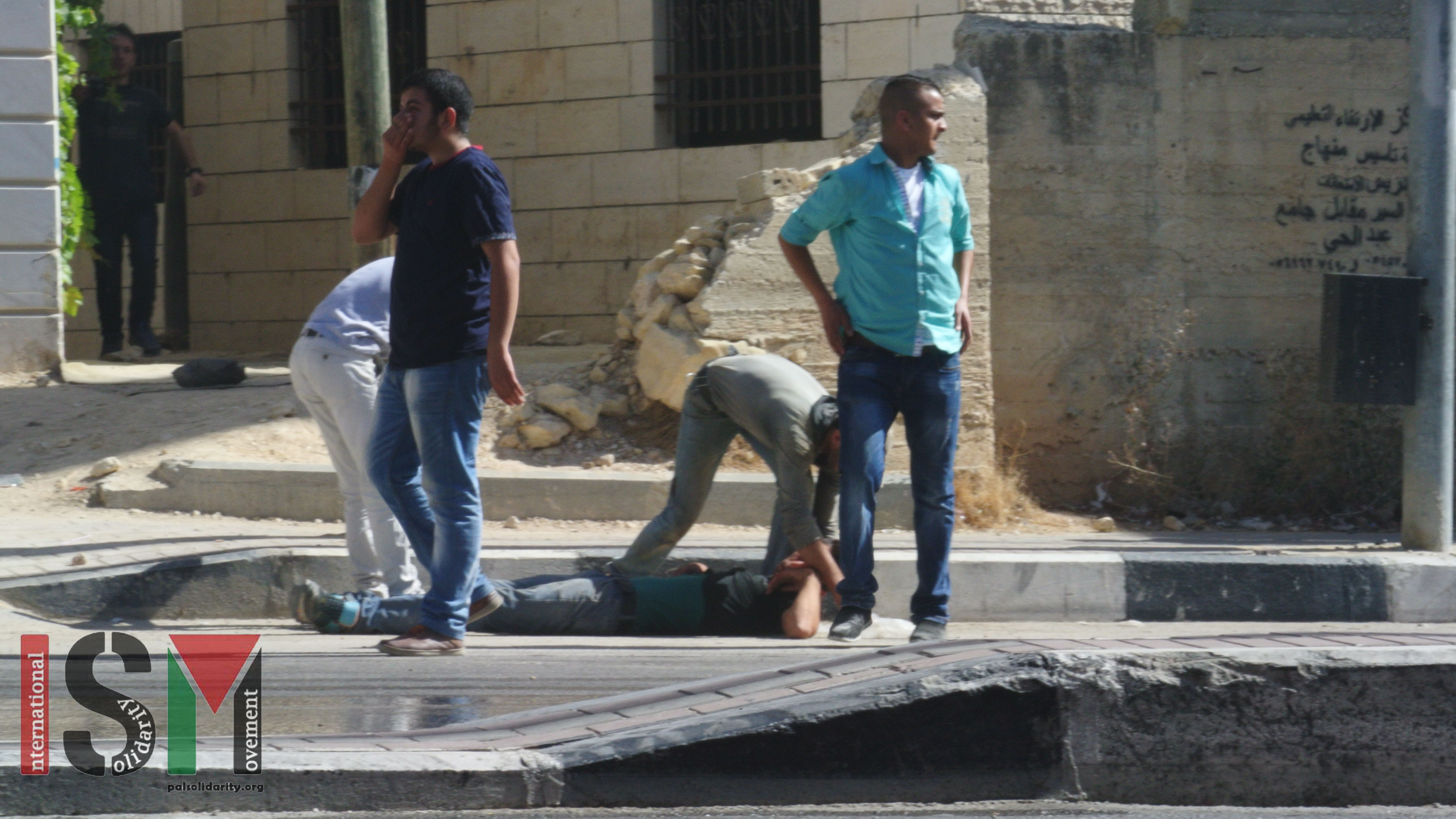Category: Reports
-
Israeli settlers sabotage the olive harvest in Awarta
23rd September 2014 | International Solidarity Movement | Awarta, Occupied Palestine On the 28th of August, around 7:00 a.m., Israeli settlers from the illegal settlement of Itamar cut down and burnt more than 30 olive trees belonging to Awarta village before the harvest. For the farmers living southeast of Nablus City, the olive trees are a basic,…
-
Two Palestinians shot dead by Israeli forces lead to clashes with over 30 injured
23rd September 2013 | International Solidarity Movement, Khalil team | Hebron, Occupied Palestine Violence broke out on the streets of Hebron’s university district (al-Khalil) this morning when Israeli soldiers opened fire on unarmed demonstrators who had been protesting the murders of two Palestinians earlier that day. Protestors took to the streets after Marwan Kawasme, 29,…
-
Protest against forced eviction pushes Israeli forces from the area
22nd September 2013 | International Solidarity Movement | Ezaryah, Occupied Palestine Today at 10:00, approximately 40 Palestinians and internationals marched together on a demonstration in the Ezaryah area east of Jerusalem. The demonstration was called to protest the forceful eviction of Palestinian Bedouin families in the Ras al-Baba area, close to Jerusalem. The civil administration is planning…



